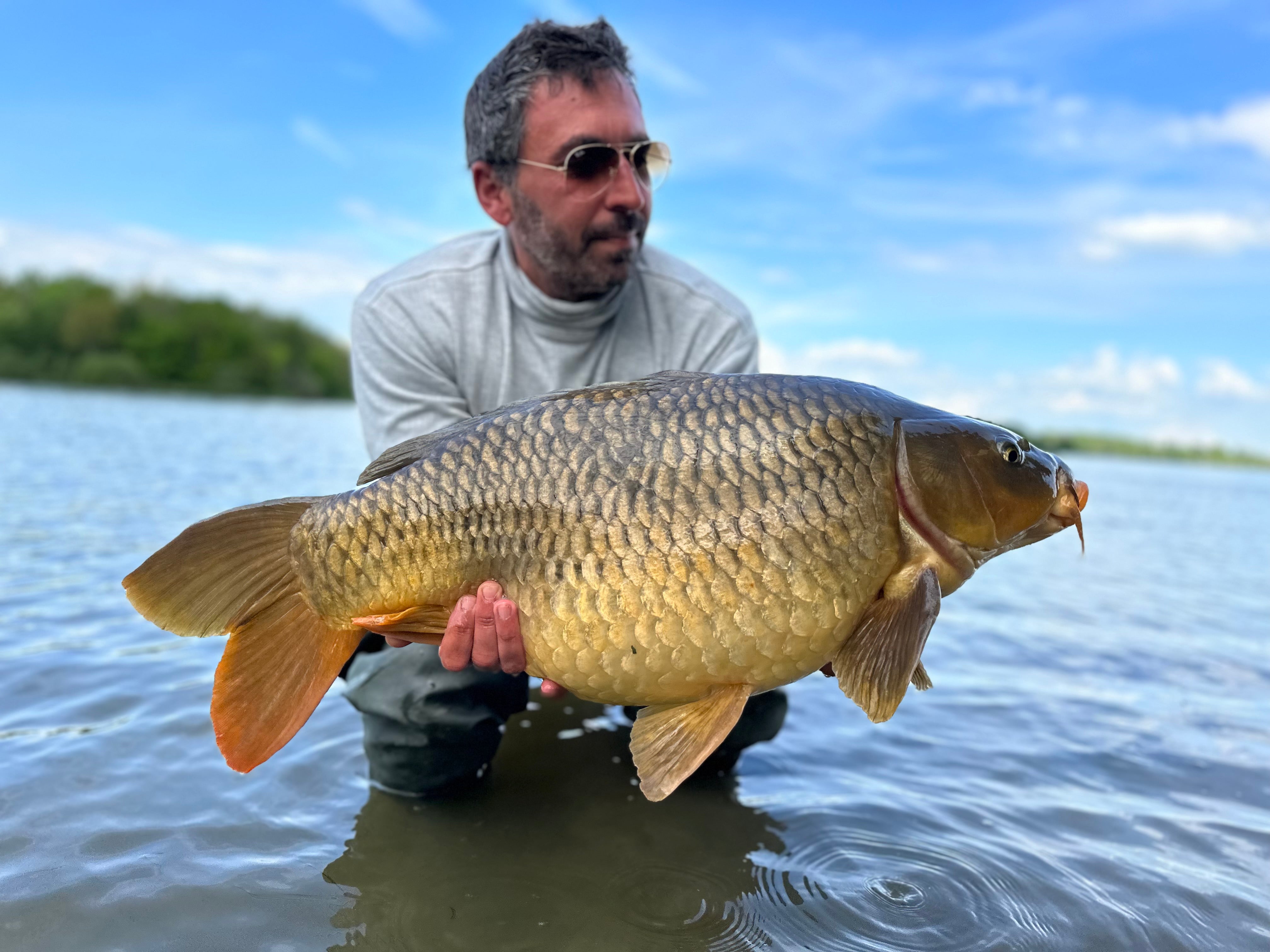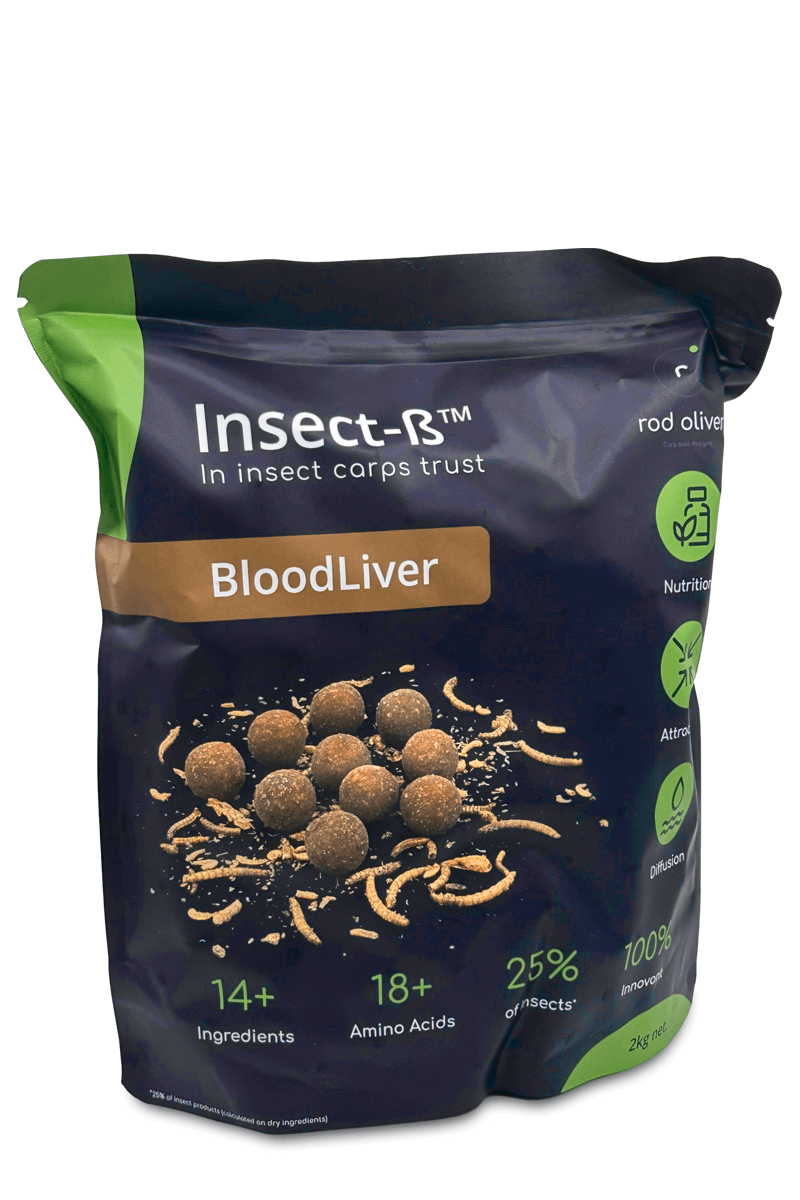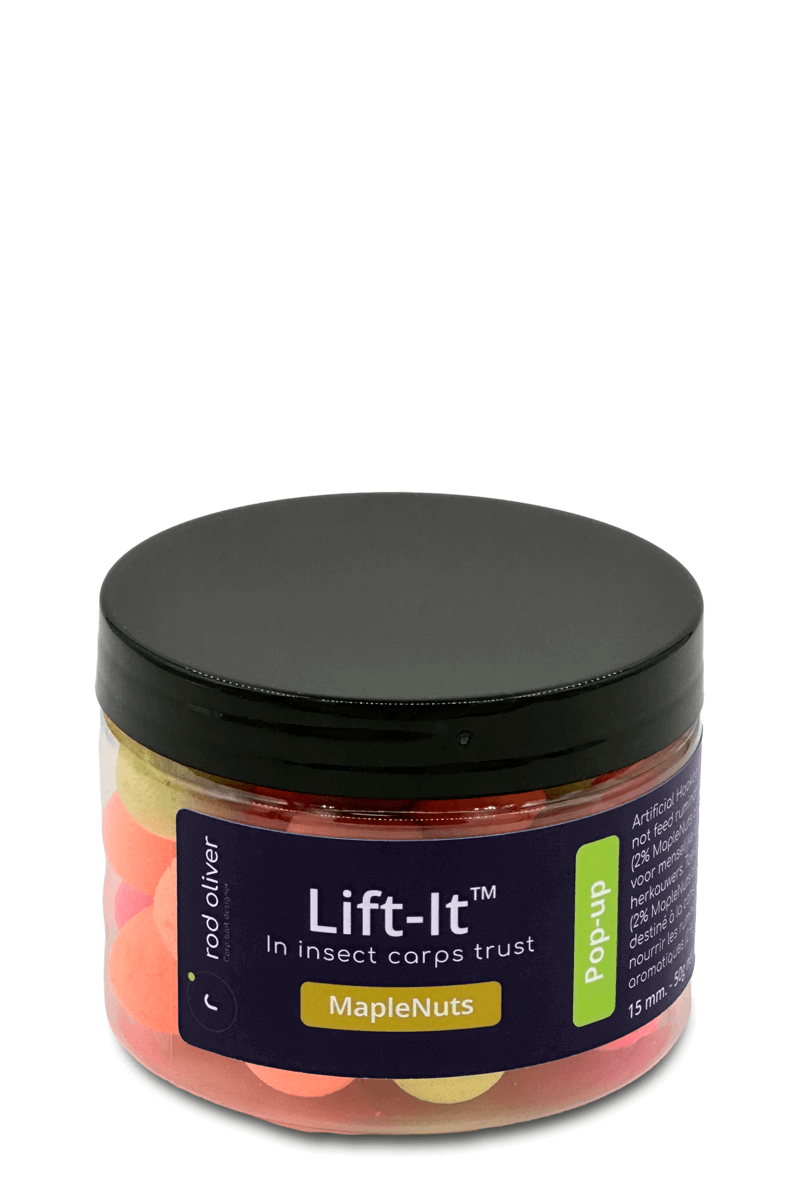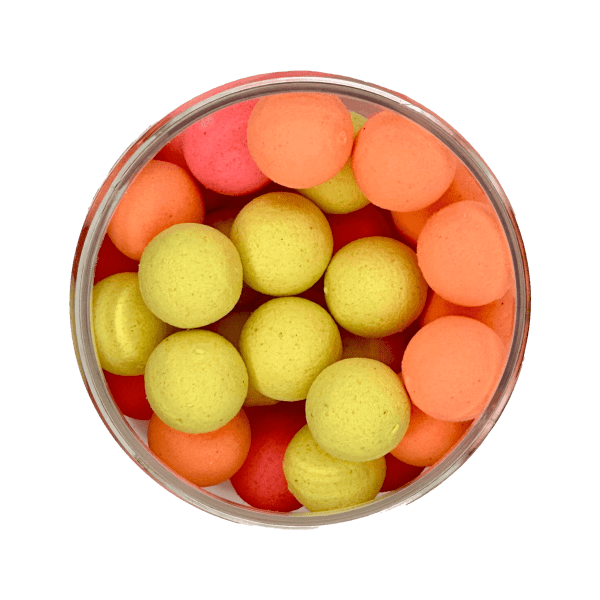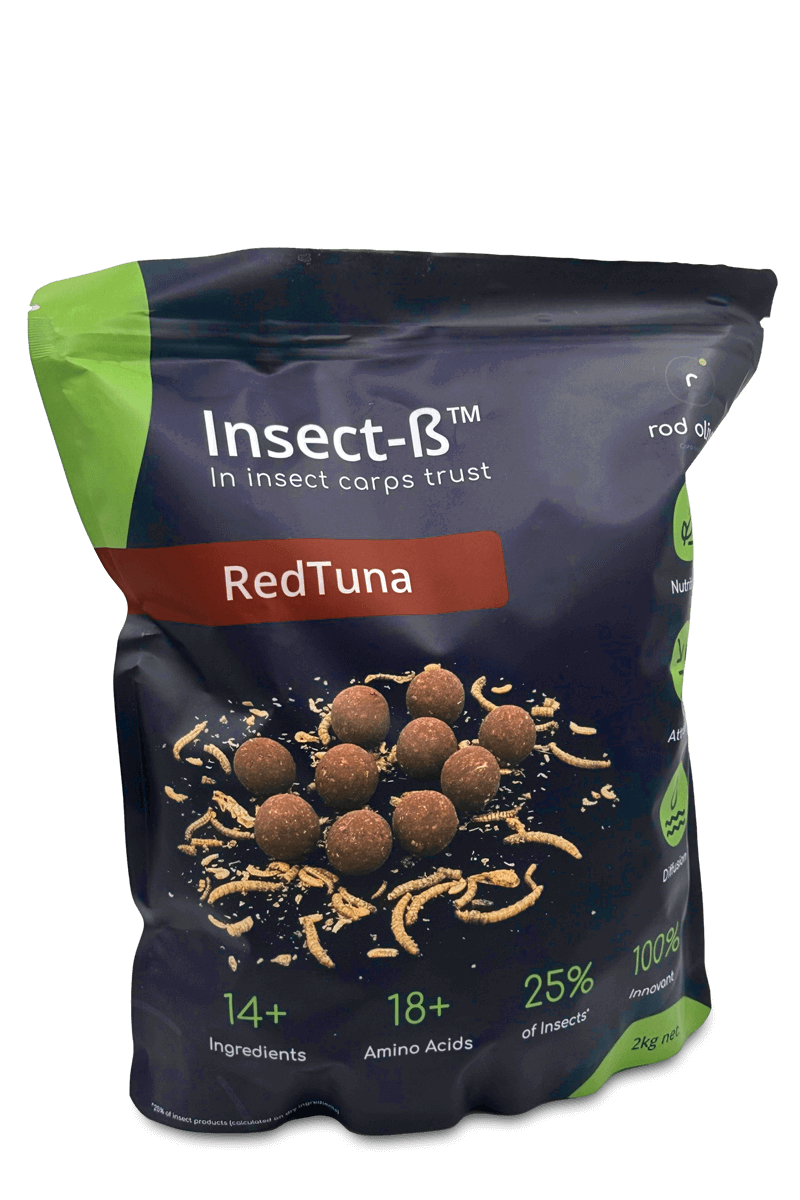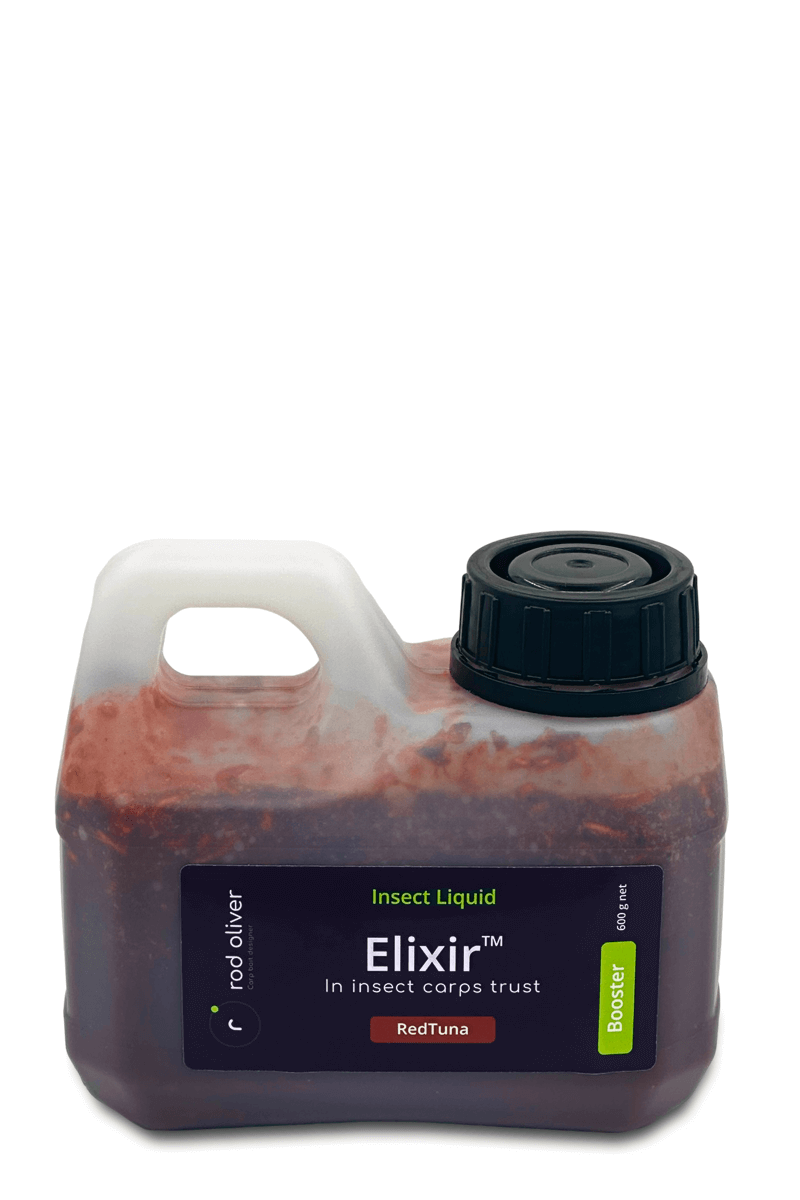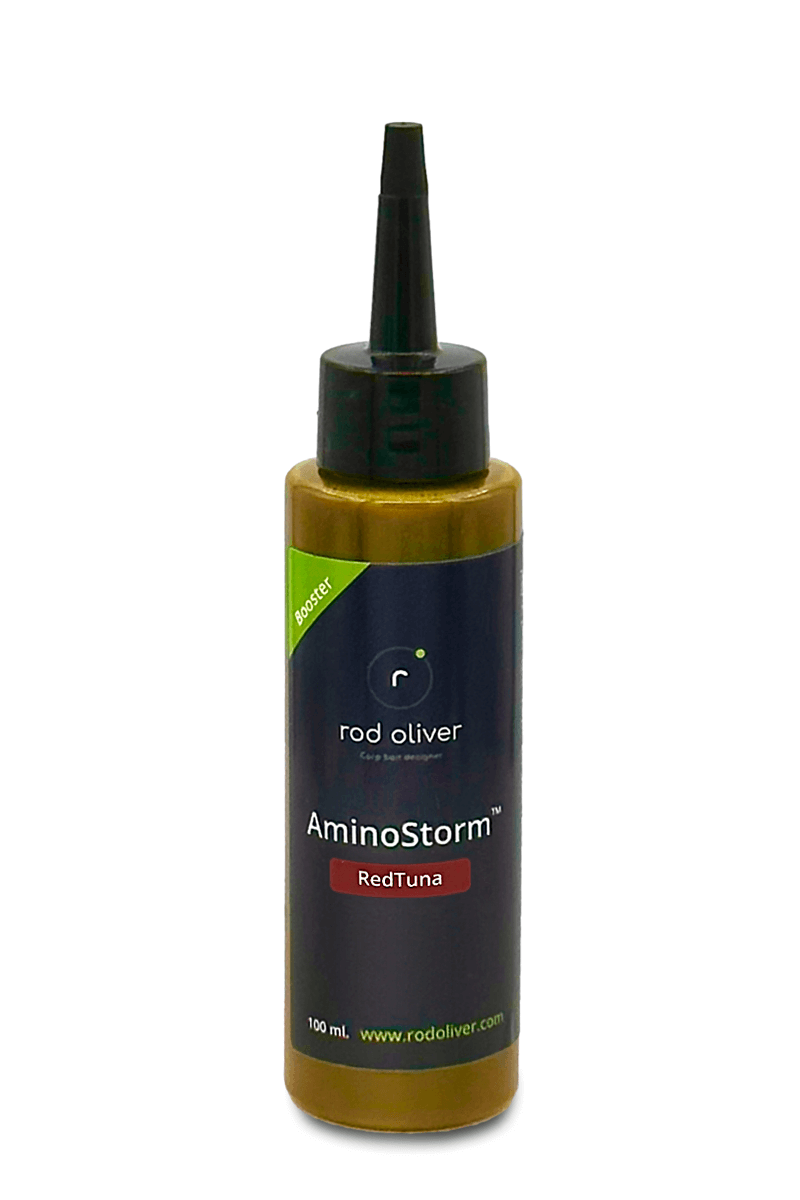Initiation about homemade boilie
More and more carp anglers are venturing into making their own boilies. Homemade boilies are an exciting adventure that requires some knowledge but, above all, a lot of passion. From your initial creations to the capture of your first carp, we will assist you in the development of your baits.
Content table
1. Introduction
2. Why Make Your Own Boilies?
3. How to Create a Homemade Boilie?
3.1 Understanding What Makes a Good Homemade Boilie
3.2 Understanding the Ingredients to Incorporate into a Homemade Boilie
3.3 Developing a Basic Mix for Homemade Boilies
3.4 Creating a Homemade Boilie Recipe
3.4.1 Creating the Profile of a Boilie
3.4.2 Creating the Marking of a Homemade Boilie
3.4.3 Increasing a Parameter of the Nutritional Profile of Your Homemade Boilie
3.4.4 Enhancing the Attractiveness of Your Homemade Boilie
3.4.5 Improving the Preservation of Your Homemade Boilie
4. What Equipment Is Needed for Making Homemade Boilies?
5. The Steps for Making Your Homemade Boilies
6. Conclusion
1. Introduction
This article may surprise you. Why a post about homemade boilies on a carp fishing bait brand's blog?
In fact, it's not just a simple article but a section we've created on our blog, and we'll be filling it with detailed posts on why, how, and when to make your own baits. We won't be stingy with explanations and won't hesitate to give you complete recipes to help you make effective homemade boilies. As we like to say, we help carp anglers make their spots more attractive and catch more carp. This involves offering you our innovative and effective product range, of course, but also by sharing our knowledge.
We are creators of boilies, bait specialists, and on our blog, we will provide you with our knowledge and expertise so that you can efficiently make your own boilies. It starts today with this introduction to homemade boilies.
2. Why Make Your Own Boilies?
Catching carp on boilies you've made yourself is a complete satisfaction that only "boilie rollers" can truly understand. Some carp anglers make their boilies for this sole reason, others do it to pass the time, or because it's possible to obtain larger quantities at a lower cost, and finally, some carp anglers believe that homemade boilies are better. This last point is far from being as obvious as many would like to believe. Because while carp anglers are capable of producing quality boilies, there are still many novice sorcerers who, by doing anything, achieve at best mediocre results and at worst can create baits that are harmful to the environment and the carp. That's why, even though making your own boilies is relatively simple, it's still essential to take the time to acquire the basics of their production.
In any case, catching a carp on your own boilies is an exciting adventure; it's not just another fish, but the culmination of a journey that begins long before, far from the banks.
3. How to Create a Homemade Boilie?
The process of creating homemade boilies involves a few key steps, which we will briefly describe below.
3.1 Understanding What Makes a Good Homemade Boilie
If you're venturing into making homemade boilies, it's not to produce "crap baits." Therefore, it's pointless to embark on this adventure without understanding what you ultimately want to achieve.
A good boilie is nutritionally balanced, attractive, durable, and quickly releases its attractants once submerged. Anything less is not worth producing because making your own boilies requires an investment of money and time. The sole purpose of making your own boilies is to obtain high-quality baits; otherwise, it's better to buy budget baits from the store.
3.2 Understanding the Ingredients to Incorporate into a Homemade Boilie
Just as it is essential to define what you want to achieve with your boilie, you must also thoroughly study the ingredients – what each one serves, and how much to use. A restaurant chef wouldn't start a recipe without a perfect understanding of the ingredients they're going to use, and the same principle applies to bait making.
This learning phase may take several weeks or even months of reading from various sources to fully absorb the content and understand the interactions between the ingredients. This phase should not be rushed because it forms the cornerstone that will serve you in the long run. With a strong knowledge of the ingredients, your progress will be quicker, your learning curve more solid, and your boilies better.
3.3 Developing a Basic Mix for Homemade Boilies
To create a "recipe book" for boilies, one must begin by defining one or more bases. This basic mix will save you time and enable you to create endless variations.
Here, the key point is that the base itself must be a good boilie, not simply three ingredients tossed into a blender. In other words, the quality of the base must be impeccable; it could even be used as a boilie directly. The base must be balanced and attractive. So, farewell to the old basic recipe of "soy, maize, and wheat." This base isn't inherently bad and, of course, allows for carp capture, but we can and should do much better. This article is only an introduction; we won't delve into the details now, but we can already provide some food for thought.
A basic mix should contain approximately 15% animal proteins. In our Insect-ß boilies recipes, all our basic mixes contain this proportion of insect meal, which is our signature ingredient. Instead of insect meal, you can choose to incorporate 15% LT fish meal. Note that for a basic mix, it's better to avoid meat meals with strong flavors, and it's always preferable to stick to a single choice of animal protein. These 15% will ensure a correct nutritional quality and contribute to the balance of the basic mix. It should also diffuse easily; you can add, for example, a birdfood between 5 and 10%, which will increase the granularity of the formula and stimulate the diffusion of attractants and aromas. Carp digestion is a slow and challenging process, and a good basic mix must take this into account. To improve digestion, you can add yeast.
A first basic mix formula could be:
- Maize Meal...................... 25%
- Wheat Semolina........... 25%
- Soybean Meal................ 25%
- Animal Meal................... 15% (insect meal or LT fish meal)
- Birdfood............................ 7.5%
- Brocacel............................ 2.5%
With this basic mix, you can already roll your boilies and fish with them without any other additions. This is even the advice we give if you're making your boilies for the first time.
3.4 Creating a Homemade Boilie Recipe
Once you have mastered the components and the production of a good base and have tested it, it will be time to delve deeper into the exploration of this wonderful field. It is from this point that things will become more complex and the risk of error will also increase.
Adding ingredients to the basic mix must always make sense, meaning that you should be able to explain and justify why you have introduced additional ingredients. If you cannot find an explanation, then that ingredient has no place in the recipe.
Here are the main reasons why you would add an ingredient to the basic mix.
3.4.1 Creating the Profile of a Boilie
The basic mix is always more or less neutral. The example given earlier is well-balanced but lacks a specific taste or classification (sweet, spicy, meaty, creamy). There is no obligation to do so. If your intention is to give a profile to your homemade boilie, you will need to incorporate certain ingredients. The list can be quite extensive, but let's imagine you want to create a creamy boilie recipe: you can then substitute 15% of tigernut flour and 5% calf milk powder for the basic mix.
3.4.2 Creating the Marking of a Homemade Boilie
Marking a boilie is about differentiating it from another. This can be a spice (when added to a profile ingredient) such as curry, paprika, robin red, or a marine extract, for example, a concentrated liver or many other things. It will often be a fairly potent ingredient that surpasses all others in terms of taste. In the vast majority of cases, the percentages in the recipe will be equal to or less than 5%, a maximum level for spices, for example. It should never be forgotten that carp have a sense of smell and taste that are completely different from those of humans. In other words, smelling or tasting your baits serves absolutely no purpose for carp fishing; on the contrary, it gives you an unnecessary bias based on nothing and could cause you to miss out on good ideas. Avoid it if your goal is to create boilies that make sense.
3.4.3 Increasing a Parameter of the Nutritional Profile of Your Homemade Boilie
Through one or more additives, you can enhance the nutritional profile of the boilie. For instance, you can make it more protein-rich or fattier. It all depends on your fishing conditions, the seasons, and what you aim to achieve. However, it's essential to always keep in mind that excessively altering a nutritional parameter can unbalance the boilie, working against you regardless of the quality of the added additive.
During the post-spawning period, for example, you may want to increase the protein content of the boilies to meet the carp's increased nutritional needs. The addition of meat protein or pre-digested fish meal can be beneficial, as can the moderate inclusion of milk proteins.
3.4.4 Enhancing the Attractiveness of Your Homemade Boilie
Let's never forget that the primary role of bait is to be attractive. The basic mix should already possess this quality with its high-quality ingredients and nutritional balance. However, you can enhance its attractiveness by adding various additives such as flavors, sweeteners, appetite stimulants, taste enhancers, vitamins, minerals, amino acids, and colorants, for example.
For instance, you can add liquids to the preparation. Natural liquids have no incorporation limit, except if they make it impossible to roll the boilie. All of these elements can, in certain fishing situations, make a difference and improve your results.
3.4.5 Improving the Preservation of Your Homemade Boilie
While not mandatory, these methods are useful for those who want to easily store their boilies or use them during long sessions.
4. What Equipment Is Needed for Making Homemade Boilies?
In theory, almost none is required; however, in practice, rolling your own boilies requires some investments that will make the task easier and optimize the quality and quantities produced.
You will need to acquire:
- A kneading machine, more or less large depending on the desired quantities.
- A manual piston gun or, even better, a pneumatic one for shaping the paste into sausages.
- A rolling table for making perfectly spherical boilies (a motorized machine is preferable for larger quantities).
- A water or steam cooker for boiling the boilies.
- Crates for air-drying them once the cooking is complete.
5. The Steps for Making Your Homemade Boilies
- Mix the flours: Always mix the dry ingredients together.
- Mix the liquids: Similarly, mix all the liquids together before incorporating them into the flours.
- Knead the mixture: Knead the dough thoroughly until you achieve the desired consistency. If necessary, add a bit of water or mix.
- Form sausages with the desired diameter: Before rolling the boilies, you'll need to use a piston or pneumatic gun to transform the dough into sausages with the desired diameter.
- Roll the boilies: You'll need to use a rolling table with a diameter slightly larger than the nozzle used (for example: 20 mm for the table and 18 mm for the nozzle). The table will help you create well-rounded boilies in sufficient quantities. For larger volumes, you'll need to use an automatic machine.
- Cook them: There are two schools of thought. Some carp anglers prefer to steam their boilies rather than boiling them in water, arguing that it's less aggressive. In reality, there isn't much difference because the steaming time is much longer than in water, and in the end, it deteriorates the components in more or less the same way. It's not as critical a criterion as one might imagine. Use the method that makes you feel the most confident.
- Dry them: Once the cooking is complete, you'll need to air-dry your boilies for at least 24 hours. The longer you let them dry, the harder they will become. In cases where you don't use a preservative, you'll need to dehydrate them completely by extending the drying time or freezing them immediately after the initial 24 hours of drying.
- They are ready: You can finally try your first homemade boilies. At the first bite, you'll experience sheer excitement. Regardless of the weight of your first catch, it will fill you with joy and pride.
6. Conclusion
We begin our articles on bait making with an introduction. With these few lines, you now have an immediate understanding of what needs to be done and mastered before embarking on your first productions. "Rolling the balls" is an activity rich in discoveries that will bring great satisfaction to some.
To succeed in this activity, you will need to understand how the different ingredients work, what makes a good boilie, and the steps of production. It requires investment, experimentation, and perseverance, but the effort is worthwhile because there is nothing more satisfying than catching a carp on your own creations.
Tight lines !
rod oliver
